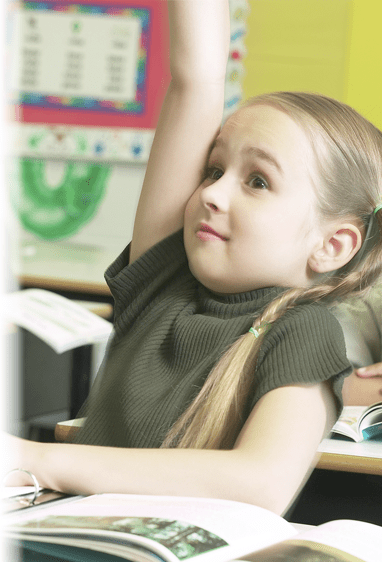We’ve all been caught out by an unexpected sneeze, but at this time of the year, being prepared for coughs and sneezes is more than polite etiquette, it’s also vital for good hygiene.
What makes us sneeze?
Sneezes are an involuntary reflex which means we don’t have control over them. We sneeze in order to expel irritants from our nose and throat that have been trapped by the mucus lining. Unfortunately, when we have a cold, our bodies produce even more mucus and this is why we experience a runny nose.
Because it’s involuntary, sneezing is often unexpected and it can be very powerful. In fact, one study found sneezes were capable of travelling up to six metres and could reach speeds of 100 miles per hour.
That’s pretty powerful!
So, whilst sneezing is a very effective and important way for our body to get rid of these irritants, the downside is our sneezes can contaminate and infect other people. No-one likes to have a cold (or be sat next to someone who has!) so here’s a quick guide to the perfect sneezing etiquette:
1) Cover your mouth and nose with a paper tissue. Try and turn away from those near you. If you absolutely have to, sneeze into the crook of your sleeve rather than into your hands.
2) After you’ve blown your nose, dispose of the tissue in a bin.
3) Wash your hands. If you can’t wash them immediately, use a hand sanitiser.
Sneezes are a perfect way to spread illnesses, especially in schools and colleges where pupils are in close contact with each other. You can support your child by making sure they have a personal supply of tissues, and some schools actively encourage them to carry their own hand sanitiser.
You can also download our handy poster that promotes good hand washing etiquette amongst school children. To ultimately prevent the spread of infection through bacteria and viruses.
